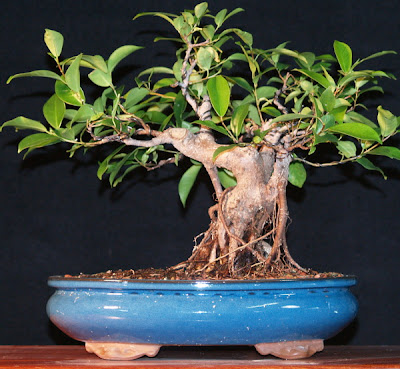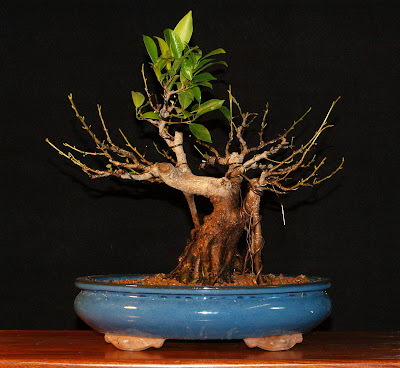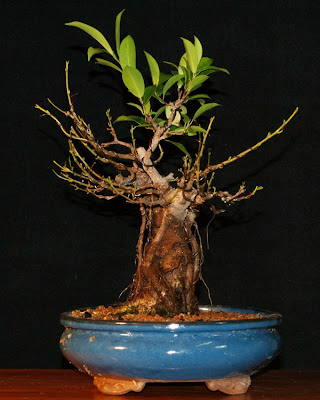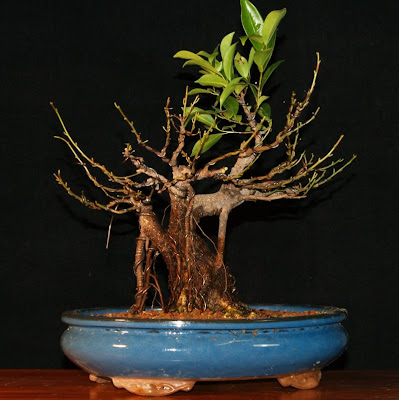Chris Johnston
Omono
Here's the first bonsai I ever bought, a ficus microcarpa (Golden Gate.) This was January of 2005, after I had had it for ten years.
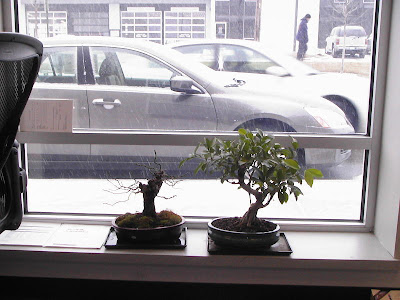
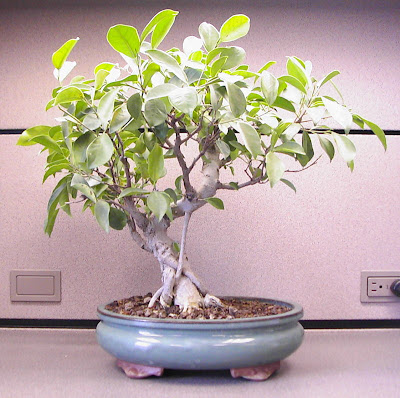
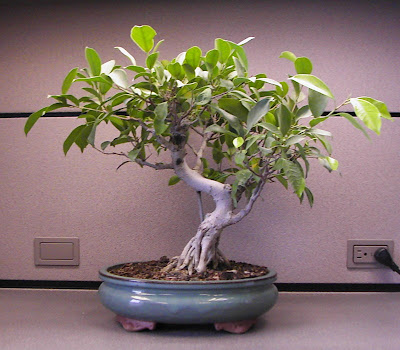
Not much change for ten years, except for a planing angle change. For the whole thread, you can visit either of these two links:
http://bonsaistudygroup.com/tropical-bonsai-discussion/ficus-microcarpa-progression/
http://sashi-no-eda.blogspot.com/search/label/ficus
This post originally showed my work to develop the tree into something usable.
Here it is in 2007 still in its ten inch oval pot:
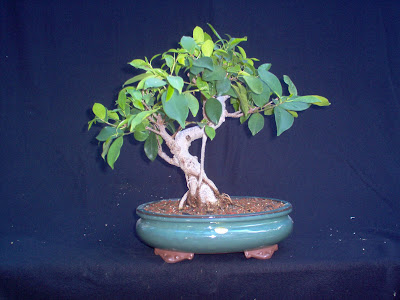
I wrapped the trunk in sphagnum and aluminum foil for about a year, and this is what I ended up with:
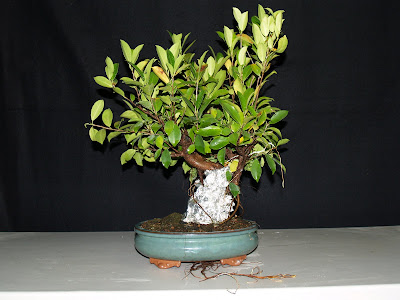
Notice that the pot is cracked. I ended up repotting into a twelve inch pot:

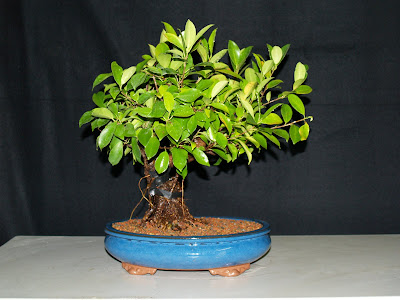
This was where I left this thread, so between this new first post and my next one, please refer to these pictures.



Not much change for ten years, except for a planing angle change. For the whole thread, you can visit either of these two links:
http://bonsaistudygroup.com/tropical-bonsai-discussion/ficus-microcarpa-progression/
http://sashi-no-eda.blogspot.com/search/label/ficus
This post originally showed my work to develop the tree into something usable.
Here it is in 2007 still in its ten inch oval pot:
I wrapped the trunk in sphagnum and aluminum foil for about a year, and this is what I ended up with:
Notice that the pot is cracked. I ended up repotting into a twelve inch pot:
This was where I left this thread, so between this new first post and my next one, please refer to these pictures.
Last edited:


